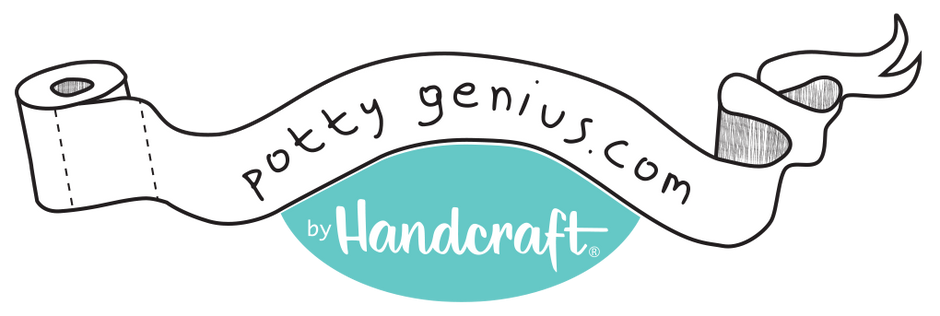The methods for teaching toddlers the skill using the toilet have changed over time. When parents forced training on children during the first half of the twentieth century, failures of that approach led experts to develop alternatives. Pediatrician Dr. T. Berry Brazelton developed his own child-centered, slower-paced potty training method over years working with children and their parents. In 1962, the medical journal Pediatrics published the successful results of a study he did using this technique with his patients. In 2004, he published “Toilet Training the Brazelton Way.” The book covers Brazelton’s toilet training in great detail and encourages a child to set the pace, encouraging her to want to use the toilet. This way, she will not get angry and oppositional because her parents are trying to force her.
Readiness for Toilet Training
Before starting with Brazelton toilet training, a child must be ready. He lists seven specifics your child should exhibit to indicate readiness for potty training. You need to see that:- She’s not as excited about walking and being on her feet all the time. Your child can stay still long enough to sit on the potty.
- She has receptive language. She can understand your instructions.
- She can say, “No!” She can make up her own mind. When she learns something, she feels like it is her idea, too.
- She will start putting things where they belong. She knows that different things belong in different places.
- She imitates your behavior. She wants to do things like you do, which can include using the potty.
- The child starts to urinate and move her bowels at predictable times. This makes knowing when to use the potty easier.
- She becomes aware of her body. She is starting to understand when she is going to urinate or have a bowel movement.

